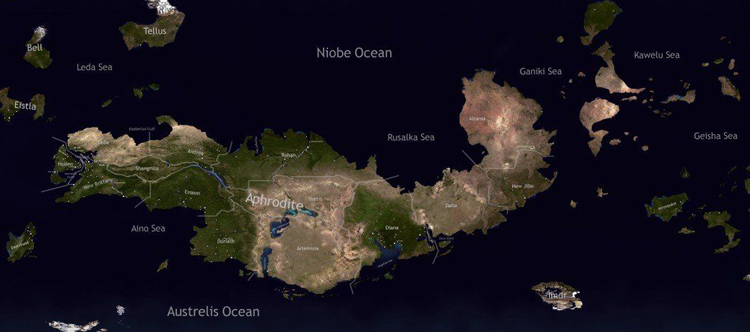

Current models of its interior imply a core consisting primarily of iron and nickel with about 16–17% sulphur. Like Earth, Mars has differentiated into a dense metallic core overlaid by less dense materials. It can look like butterscotch other common surface colors include golden, brown, tan, and greenish, depending on the minerals present.

The red-orange appearance of the Martian surface is caused by iron(III) oxide, or rust. Mars is less dense than Earth, having about 15% of Earth's volume and 11% of Earth's mass, resulting in about 38% of Earth's surface gravity. Mars is approximately half the diameter of Earth, with a surface area only slightly less than the total area of Earth's dry land.

Mars has been explored by several uncrewed spacecraft. Mars has two moons, Phobos and Deimos, which are small and irregularly shaped. The smooth Borealis basin in the Northern Hemisphere covers 40% of the planet and may be a giant impact feature. Mars is the site of Olympus Mons, the largest volcano and highest known mountain on any planet in the Solar System, and of Valles Marineris, one of the largest canyons in the Solar System. The days and seasons are comparable to those of Earth, because the rotation period as well as the tilt of the rotational axis relative to the ecliptic plane are similar. Mars is a terrestrial planet with a thin atmosphere, with surface features reminiscent of the impact craters of the Moon, and the valleys, deserts and polar ice caps of Earth. The latter refers to the effect of the iron oxide prevalent on Mars's surface, which gives it a striking reddish appearance in the sky. In English, Mars carries the name of the Roman god of war and is often referred to as the " Red Planet". Mars is the fourth planet from the Sun and the second-smallest planet in the Solar System, being larger than only Mercury. Artist's conception of the process of terraforming Mars the final appearance of the planet is based on data from the Mars Global Surveyor.


 0 kommentar(er)
0 kommentar(er)
